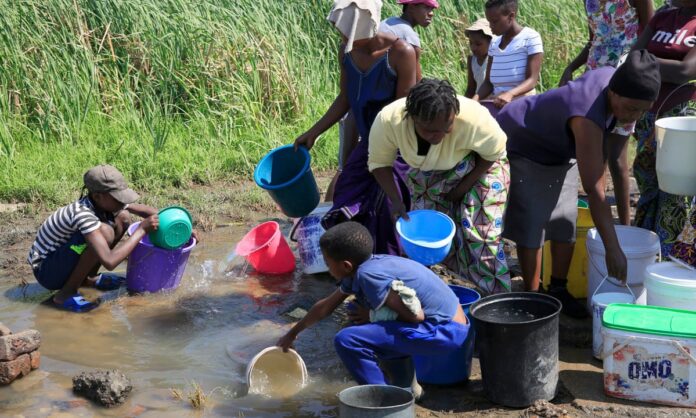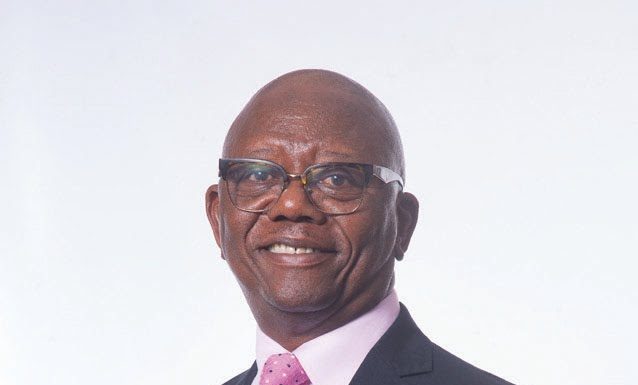
Staff Writer
Zimbabwe’s major cities Harare and Bulawayo have a combined 39 months’ supply of water that could ease shortages that have hit the urban centres for years.
Land, Agriculture, Fisheries, Water, Climate and Rural Resettlement Anxious Masuka told Parliament on Wednesday that government was aiming at building at least 10 dams per year to improve water harvesting.
He said government would also promote accelerated house-top water harvesting to assist Zimbabweans who have suffered from water shortages.
Most residential areas in Harare and Bulawayo including the majority of urban centres have not had running water for years with local authorities failing to deliver the essential services.
This has also seen some non-governmental organisations and other entities drilling boreholes to provide relief for the residents.
Masuka was responding to a question by MDC-T legislator Thokozani Khupe in the House of Assembly who had enquired on government measures put to ensure that water is harvested in the form of surface runoff harvesting and rooftop rain water harvesting.
“At a broader national level government has the accelerated dam construction project and not just in view of drinking water but also agricultural and industrial water.
“It is in this regard that we have started an unprecedented project to do ten dams this year and we will be commissioning three,” Masuka said.
He said most of the towns because of the abundant rains have enough water in their dams to supply 14 months and above.
“Bulawayo has 14 months’ supply in its dam. Harare has got 25 months’ supply and we are quite pleased with that.
“At household level and not just in urban areas but also in communal areas, because climate change is real and things will get worse in the decades ahead, we need to inculcate a culture of water harvesting.
“It is in this regard that in the Accelerated Irrigation and Rehabilitation Master Plan, we have encouraged local investments in roof top water harvesting techniques.”
The Accelerated Irrigation Rehabilitation and Development Plan: 2021-2025 will pursue a number of specific objectives, among them, increasing the annual cropping area from 156 000 to 350 000 hectares and developing irrigation area to 400 000 hectares by 2025.
It will also see the rehabilitation and modernisation of 45 000 hectares of existing irrigation; development of 204 000 hectares of new irrigation infrastructure; rehabilitation of 26 000 hectares of communal irrigation on 450 irrigation schemes; and establishment of a Presidential District Irrigation Vision 2030 Accelerator, comprising 200 hectares per district.
The Plan also seeks to adapt and modernise the irrigation system nationwide by adopting state of the art equipment.
Ii is also expected to improve the efficiency of water use by adopting modern irrigation systems as well as access to finance, inputs and markets, and to improve governance and business ethic for irrigation schemes.
The policy and regulatory environment would be improved to motivate private sector participation and accelerate dam and irrigation infrastructure development.
The establishment of micro-water harvesting and irrigation methods for households will be promoted and incentivized under the plan.







